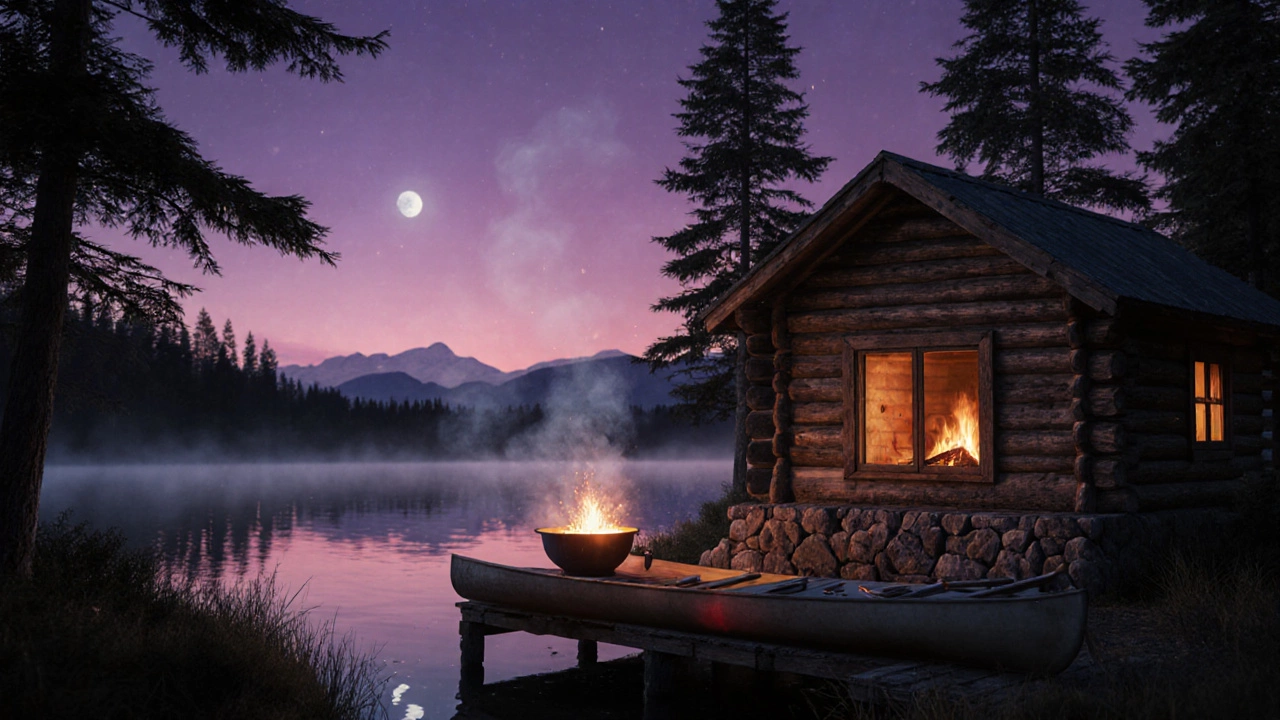Understanding Cabin Cost: A Practical Guide
When planning a getaway, cabin cost, the total expense to rent or own a small, often timber‑framed retreat. Also known as cabin pricing, it includes nightly rates, taxes, utilities, and any optional upgrades. Glamping, luxury camping that blends outdoor experience with hotel‑level amenities is a close cousin; both share the same pricing drivers like location and season. Because cabin cost often determines the budget for a cottage vacation, understanding the numbers helps you avoid surprise fees and plan a smoother trip.
Key Factors Shaping Cabin Cost
First, location is king. A cabin perched in the Lake District will command a higher nightly rate than one in a quieter corner of Wales. Second, the type of accommodation matters: a basic wood cabin without heating will be cheaper than a fully furnished glamping pod with a private bathroom. Third, seasonality drives demand – summer weekends push prices up, while off‑peak months bring discounts. Fourth, extra services such as pet fees, kitchen supplies, or guided hikes add to the final bill. Finally, construction style influences long‑term cost; an eco‑friendly house, a building designed for low energy use and sustainable materials may have higher upfront pricing but lower utility bills over time.
These factors combine to form the semantic triple: cabin cost encompasses location, amenities, and seasonality. Another triple connects glamping pricing influences cabin cost decisions for travelers seeking comfort outdoors. A third connection shows eco‑friendly construction reduces long‑term cabin cost despite higher initial spend. By spotting these relationships, you can compare offers more confidently and pick the option that fits your pocket.
The next big player is the cottage, a traditional holiday home often found in rural UK settings. Cottage pricing follows many of the same rules as cabin cost, but adds variables like the number of bedrooms, garden size, and proximity to attractions. When a cottage includes a small cabin on the same property, the two costs merge – you might pay a bundled rate or be charged separately for each structure. Understanding how cottage pricing interacts with cabin cost lets you negotiate bundled deals or avoid double‑charging for overlapping services.
Practical budgeting starts with a clear list of what you need. Write down the base nightly rate, then add expected extras: cleaning fees, heating, Wi‑Fi, and any activity packages. Compare that total against similar cabins in nearby towns. If an eco‑friendly cabin shows a 15 % higher base price but promises half the heating bill, run the numbers for a typical stay – the savings often outweigh the premium. Use online calculators or a simple spreadsheet to track each line item; the visual break‑down makes hidden fees obvious.
Finally, keep an eye on deals. Many owners lower cabin cost during shoulder seasons or offer week‑long discounts for early bookings. Some glamping sites bundle meals with accommodation, turning a higher nightly price into a lower overall spend. When you understand how each entity – glamping, cottage, eco‑friendly house – feeds into cabin cost, you’ll spot the best value faster. Below you’ll find a curated collection of articles that dive deeper into each of these angles, from glamping price guides to eco‑home budgeting tips. Explore the list to sharpen your budgeting skills and plan a cabin stay that feels right for your wallet.
Are Vacation Cabins Worth It? Pros, Costs & Tips
Explore the true value of vacation cabins versus hotels and Airbnb, covering costs, romance, hidden fees, and a handy checklist for your next getaway.
- Oct, 23 2025
- 0 Comments
